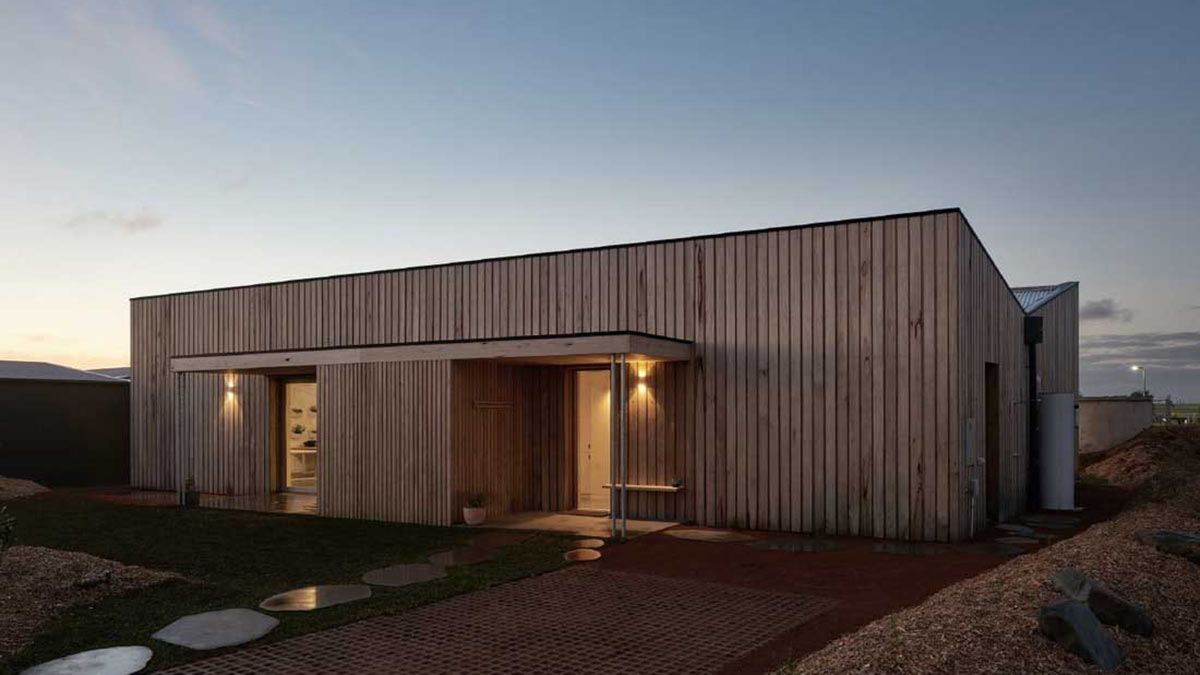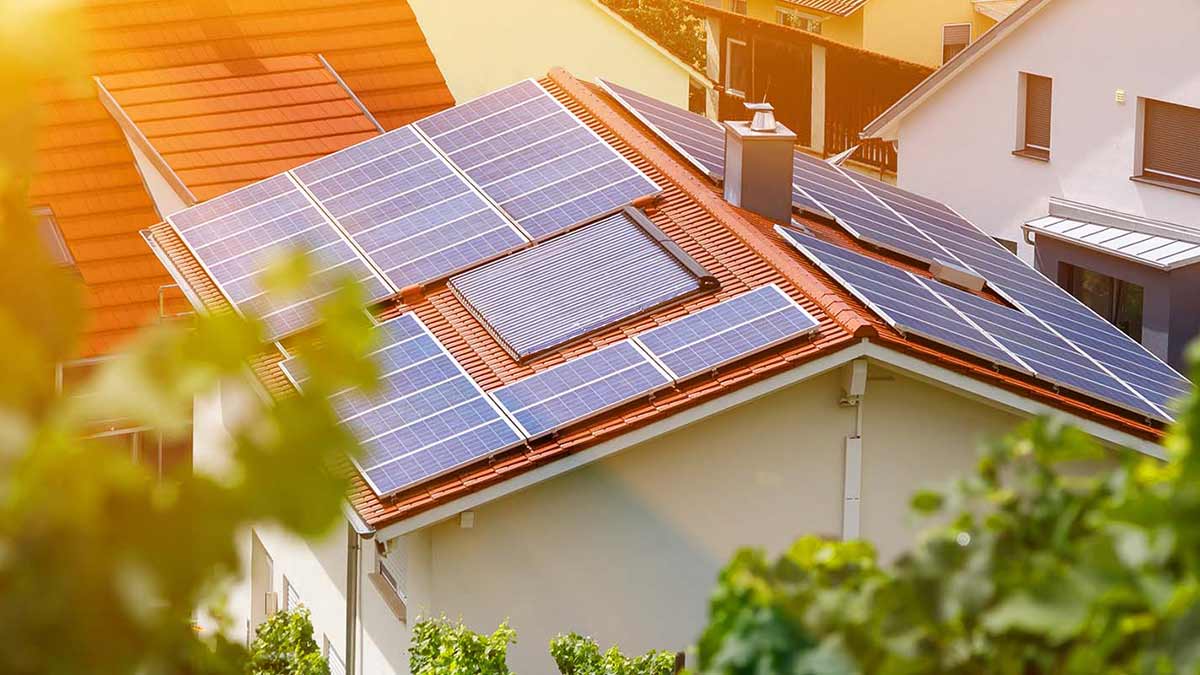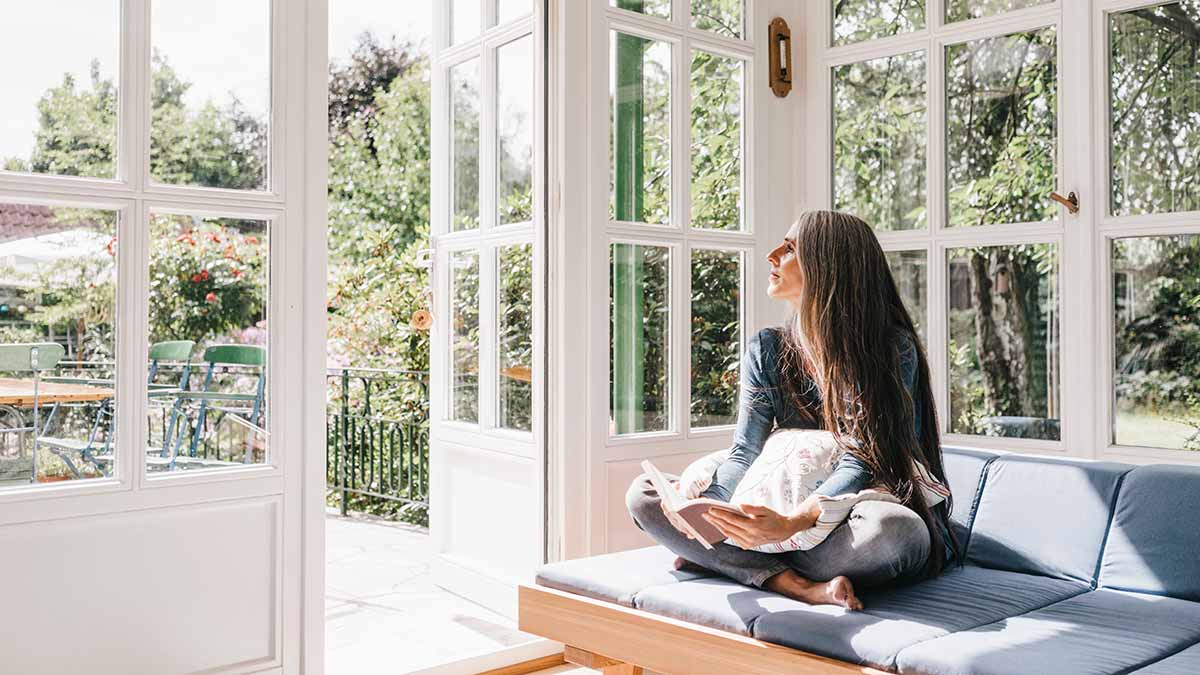Many once common single-use plastic items are now banned in Victoria. Here are sustainable, reusable alternative products to use instead.
Home energy ratings explained

Home energy ratings are in the spotlight. Here’s how they work.
In the not-too-distant future, a typical For Sale property advertisement might read something like this: “Light-filled three-bedroom family home with designer kitchen, two-car garage and eight-star energy rating.”
If Infrastructure Victoria has its way, by 2025 all homes for sale or rent will be required to disclose their energy rating. At the same time, the state’s key independent advisory body on planning has recommended that all new houses be built to an eight-star energy rating.
The recommendations, included in Infrastructure Victoria’s recent 30-year draft strategy for the state, follow a government announcement of new minimum energy-efficiency standards for rental properties and a $112 million package to improve the energy efficiency of social housing.
Clearly home energy efficiency is becoming a hot topic in government circles, reflecting increasing understanding in the community that living in a home that needs less power to heat and cool is a good thing. Energy-efficient homes are more comfortable to live in, they cost less to heat and keep cool, and they reduce our impact on the environment.
But what exactly is an energy-efficient home and how can householders achieve one? We asked government authorities, an energy-efficient building designer and a home owner to explain.
In this article
What is a house energy rating?
When people talk about a home’s energy rating, they are generally referring to the federal government’s Nationwide House Energy Rating Scheme (NatHERS), which assesses the thermal performance of apartments and houses, rating them on a star rating of zero to 10. The more stars, the more energy efficient the home.
What do energy ratings measure?
The NatHERS scheme was introduced by the federal government in 1993 to help consumers understand the energy performance of their homes.
Accredited energy assessors use the NatHERS rating tool measures to predict how much heating and cooling an apartment or house will need to stay comfortable all year round in the particular climate where the dwelling is situated. Houses with higher energy ratings are more naturally comfortable in winter and summer, and therefore easier and cheaper to heat and cool.
The star rating takes into account the building’s insulation, ventilation, orientation, layout, construction materials and glazing. It does not currently include things such as solar, hot-water systems, lights and electrical appliances, with the exception of the air-flow impacts from ceiling fans.
However, the Department of Industry, Science, Energy and Resources, which runs the scheme, is looking at extending the NatHERS star system beyond measuring a home’s thermal performance, to consider overall energy efficiency, including such factors as rooftop solar and energy-efficient appliances.
The government is also extending the program to offer voluntary NatHERS assessments for existing homes, not just assessing the design of a new home before it is built: “This will empower more Australian households to determine the energy efficiency of their home and make informed choices about their energy use,” says a department spokesperson.

The Cape House is Victoria's first 10-star rated home. Photo: Dan Hocking
How does the average home rate?
The energy rating of your home will be largely influenced by when it was built. In 2011, Victoria mandated a six-star minimum NatHERS rating for new homes, apartments and major renovations.
But the average rating of houses constructed in Victoria before 1990 was just 1.6 stars, according to a study by Sustainability Victoria, and the average rating of houses constructed between 1990 and 2005 was around 3.1 stars.
Within that context the current six-star requirement seems like a comprehensive victory for energy efficiency, but according to Sustainability Victoria, it really only indicates fair, but not outstanding, thermal performance. Sustainability Victoria says the current six-star minimum falls short of desirable economic and environmental outcomes and below the minimum set by many other countries.
What’s in an eight-star home?
So, if six stars is inadequate and eight stars is desirable, what exactly is an eight-star home? Luke Middleton of award-winning Eme Design says achieving an eight-star rating is easier than people might think. “The good news is if you start with clever design it doesn’t have to necessarily cost a heap more,” he says. “If you design an efficient, well-orientated home the eight stars are readily achievable with very little extra investment.”
When designing a new home or renovating, the basics of good orientation, shading, insulation and double glazing make all the difference. Orientation to the north with plenty of north-facing windows maximises warmth and light into the home over winter, but allows for shading out sun in the heat of the day during summer.
In addition, an energy-efficient home will have a relatively air-tight building envelope to minimise leakage of heat from the home in winter and into the home in summer.
Crucially, explains Luke, smaller homes tend to be more energy efficient. “We need to get our heads around the idea that well-designed spaces don’t need the same dimensions as badly designed spaces.”
But he says householders should think beyond the NatHERS assessment criteria when optimising their energy efficiency. The ratings system doesn’t take into account trees and foliage, for example. “Planting a deciduous tree can be a great way to reduce sun in summer and increase it in winter, but the star rating doesn’t mention gardens,” says Luke. “Use the stars as a guide rather than your sole focus.”
Does energy efficiency cost extra?
The costs of achieving an eight-star home will vary across Australia and depend on the design. National not-for-profit sustainability advocate Renew estimates that it costs around $6000 more to build a new home to eight stars rather than the minimum six-star standard. But it says power-bill savings will compensate for the extra upfront cost in just six years.
Sustainability Victoria estimates that going up just one star from six to seven will reduce household heating and cooling energy needs by 30 per cent. An eight-star house will likely require half as much energy for heating and cooling as that of a six-star, and if you go up to nine stars you’ll be using 80 per cent less energy.
It all adds up to significant savings, but it’s important to remember there are factors beyond cost, says Luke Middleton. “Your house is more than a payback machine,” he says. “Energy efficiency and good design is about your and your family’s comfort. It just makes a much nicer place to live in.”
How can I improve the energy rating on an existing home?
While the focus of NatHERS ratings is currently on new builds, Infrastructure Victoria has recommended that by 2025 existing homes for sale or rent should also have to disclose their energy rating. So, is it possible to boost the star rating on an existing home?
Scott and Leanne Thompson, who transformed a “leaky, dilapidated” timber workers’ cottage in Yarraville into an energy-efficient home with a 7.4-star NatHERS rating say: “Our philosophy is anyone can get to such a rating as long as they’re committed.”
The pair, who help others transform their homes sustainably through their consultancy Melbourne Vernacular, say most builders advised them to knock down their cottage. But they persisted with a renovation, introducing a raft of energy-efficient design features, including reusing the original brick paving from the backyard as an internal feature wall and an
external brick wall that provides thermal mass. Their insulated concrete-slab floor also optimises passive solar gain for heating and cooling, and they turned the roof into a garden, which not only increases their outdoor space, but also acts as insulation.
“We’ve compared with the neighbours and their power bills are about 2.5 times higher than ours,” says Scott.
What does it take to get 10 stars?
While achieving a seven or eight-star rating requires commitment and smart design, reaching the pinnacle of energy efficiency requires highly specialised construction techniques, such as triple glazing and bespoke wall and roof design. Victoria’s first 10-star home – designed by architect Clare Cousins and completed at Cape Paterson in 2017 – is said to cost just $3 a year in energy bills and require no heating or cooling, thanks to a range of features including thermal mass concrete floors, double glazed windows, heavy duty insulation including under-slab insulation which keep internal temperatures to between 18 and 26 degrees year round.
But while the Cape Paterson House proves a 10-star rating can be achieved, Luke Middleton says it remains something of a dream for the average householder.
“The last 10 per cent of achieving 10 stars can be more work than the first 90 per cent,” he says. “A nine-star household with good habits could do better than a household with poor habits in a 10-star home.”
He says education and good habits are key. “It may be a dream to have a 10-star home, but 10-star habits are achievable, and improving key aspects of home design will achieve at least eight stars with very little financial pain."

Installing rooftop solar allows you to harness energy generated by the sun to power your home.




